Music of Wood
Music of Wood from World Wood Day is a celebration of wooden musical cultures from around the world. We promote all forms of musical styles created and performed with wooden musical instruments. Diversity and cultural exchange are the keys to deliver the true appreciation of wooden harmonies.
This year, Music of Wood - Japan and Beyond will bring musicians and wooden musical instruments from across the globe to the World Wood Day 2020 Tokyo, Japan. Be ready for exotic sonic and visual experiences!
Participants
David Hudson
Australia
David Hudson’s life reflects his love and belief in Aboriginal culture. He comes from the Ewamian (oo-rah-min)/Western Yalanji (people of the northeast coast of Australia) so it is natural that he makes his home in Cairns in the midst of the beautiful reef and rainforest.
David has traveled extensively throughout Australia and the World, including Europe, Asia, Oceania, and the USA as a solo artist with Greek composer Yanni and world-renowned dance troupe “Tjapukai”, which he co-founded. He promotes awareness of Aboriginal culture and tradition wherever he travels.
David has a diverse career and is internationally renowned as a musician, artist, entertainer, and presenter. His work is considered “contemporary” yet has a very definite traditional influence.
David is inspired by all the natural elements of his environment and with each work he creates, he wholeheartedly gives a part of himself and his culture.
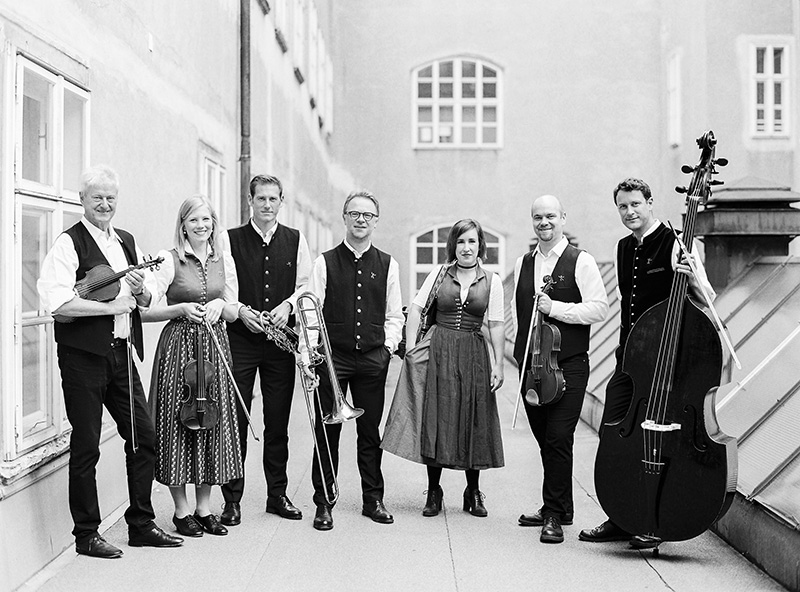
Die Tanzgeiger
Austria
Over the three decades of musical and life history, the instrumentation, repertoire, and arrangements have changed. And an intimate tie with their own roots and an ear for the new have remained constant. During countless trips through Austria, Europe, and the entire world, their musical language has found understanding everywhere.
Celebrations and festivals, dances, conferences, and concerts—opportunities to play have been and remain as plentiful as the many fine reasons to enjoy life. Their performances are powerful, heartfelt, virtuosic, rousing, fiery, gonzo, ever authentic and offered with just the right amount of self-mockery.

Aziz Daouni
Canada
Born in Casablanca, lives in Canada, Aziz Daouni, a soul artist forged a sensual and romantic musical style. The drunkenness of the notes transported him to a dreamlike world where sensitive souls find peace.
The passion for reunion with the oud (lute) عود in 2002 gave birth to this verve where the poetry of words marries melodious notes.
To forge his own style, and for fear of absorbing the experiences of other oudists, he refrained from listening to their compositions for 6 years.
He created the Oriental Duo, then Duoxas with the saxophone.
Aaninka
Cote D'ivoire
Aaninka is inspired by the African tradition. It was founded by Yul Sea in 2001 (fascinated with art and culture).
Aaninka can perform a wide range of dances and songs. Aaninka can open up your eyes to their rich ancestral heritage. Aaninka is a collection of memories from many African traditions. Aaninka has traveled around the world to promote African cultures, especially the culture from Côte d'Ivoire.
Eduardo Cordova Reyes
Cuba
Eduardo Cordova Reyes is Considered as “King of Drums” in Cuba, Eduardo Cordova (Havana, 1963). He is a percussionist and professor for the academic studies and artist of natural intuition. Because he wasn’t satisfied with the drum available to purchase, he decided to make his own instruments. Thus he began an adventure in with wood and ironwork to shape his instruments. The novel experimental nature of his instruments has made it possible for him to perform with jazz players, singers, concert musicians, salsa artists, and rockers.
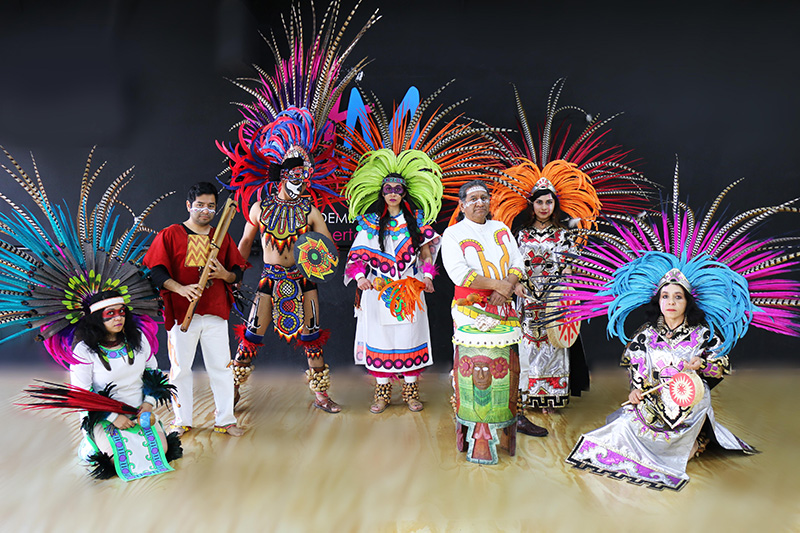
Mezme
Mexico
Mez-me was founded in 1974 by José Delgado and Rigoberto Delgado. They create music based on rhythms, and inspirations from different cultures. They use instruments from different regions of the continent. Grupo Mez-me reaches out to their audiences through music, dance, poetry, with visual elements.
Mez-me has made appearances around Mexico from Delegations of Mexico City, squares, pantheons, homes, medical institutions to museums; in the education sector ranging from kindergarten to undergraduate level as well as radio and TV programs. Abroad appearances included activities with radios, televisions, museums, auditoriums, medical institutions, parks, schools, and festivals.
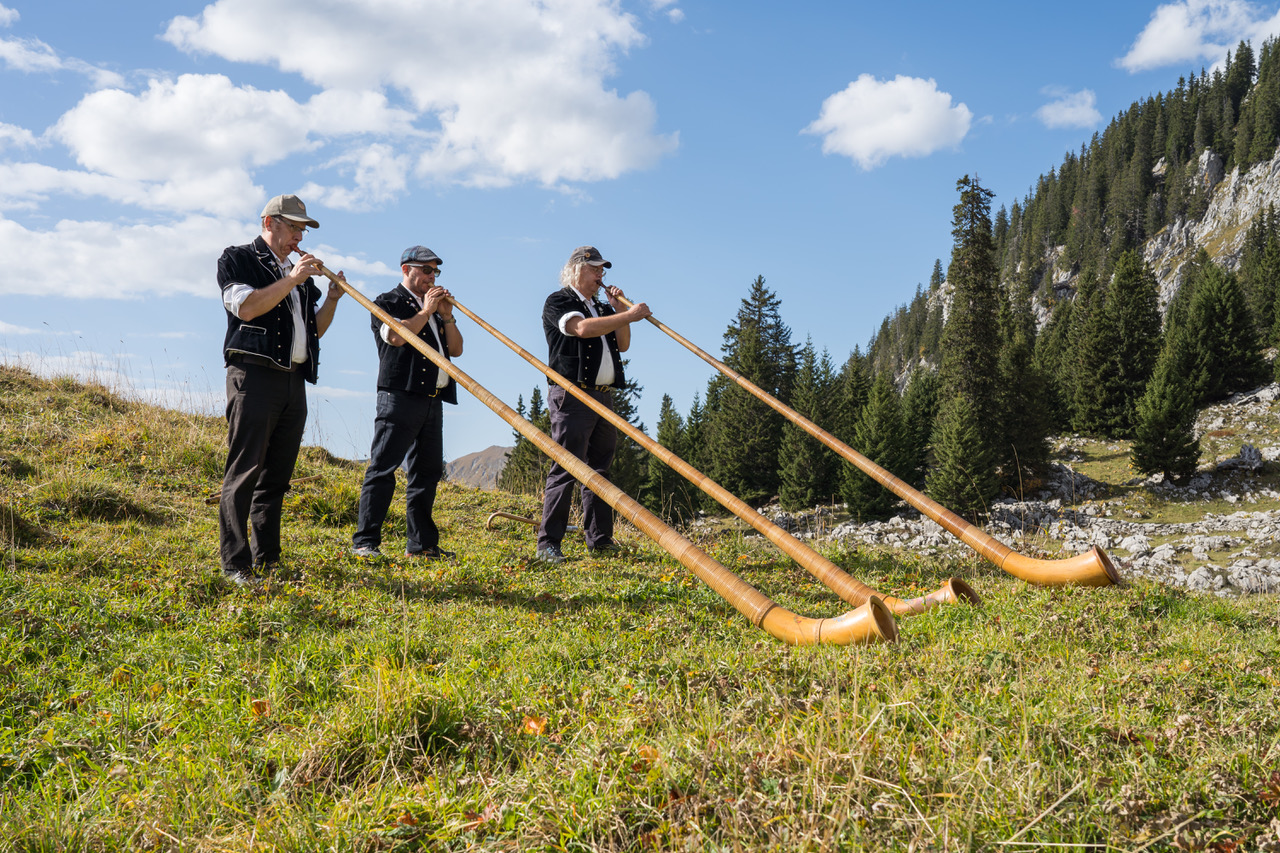
Alphorn Experience
Switzerland
New music for alphorn quartet that reflects the here and now:
Here means:
- in the agglomeration, at the intersection of urban and rural lifestyles
- in the globalized cultural and media society that has to process influences and information from all over the world
- in a Switzerland that has to orient itself in a constantly changing situation and tried to define
Now means:
- respectful handling of tradition
- taking up of diverse contemporary impulses
- further development of the technical and musical possibilities of the alphorn
- lustful overcoming of any division barriers
The alphorn is a fascinating instrument with a mysterious charisma. We want to drive it out of the narrow, musty (ideological) stable to the free (cultural) pasture so that it can develop without restrictions.
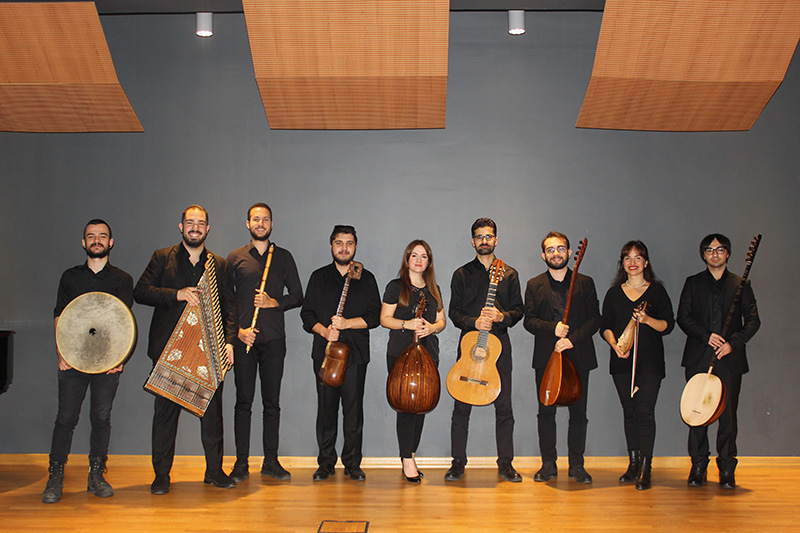
ITU TMDK Ensemble
Turkey
ITU Turkish Music State Conservatory (TMDK) is the first and leading conservatory in the field of Turkish Music. It was established in 1975 to promote performance art, musical research, and the spread of Turkish Music.
ITU TMDK Ensemble consists of the teachers and students of the conservatory. The instrument choices of the ensemble are Tanbur, Bağlama, Ney, Kemençe, Ud, Kanun, Tar, Microtonal Guitar and Turkish Music Percussions.
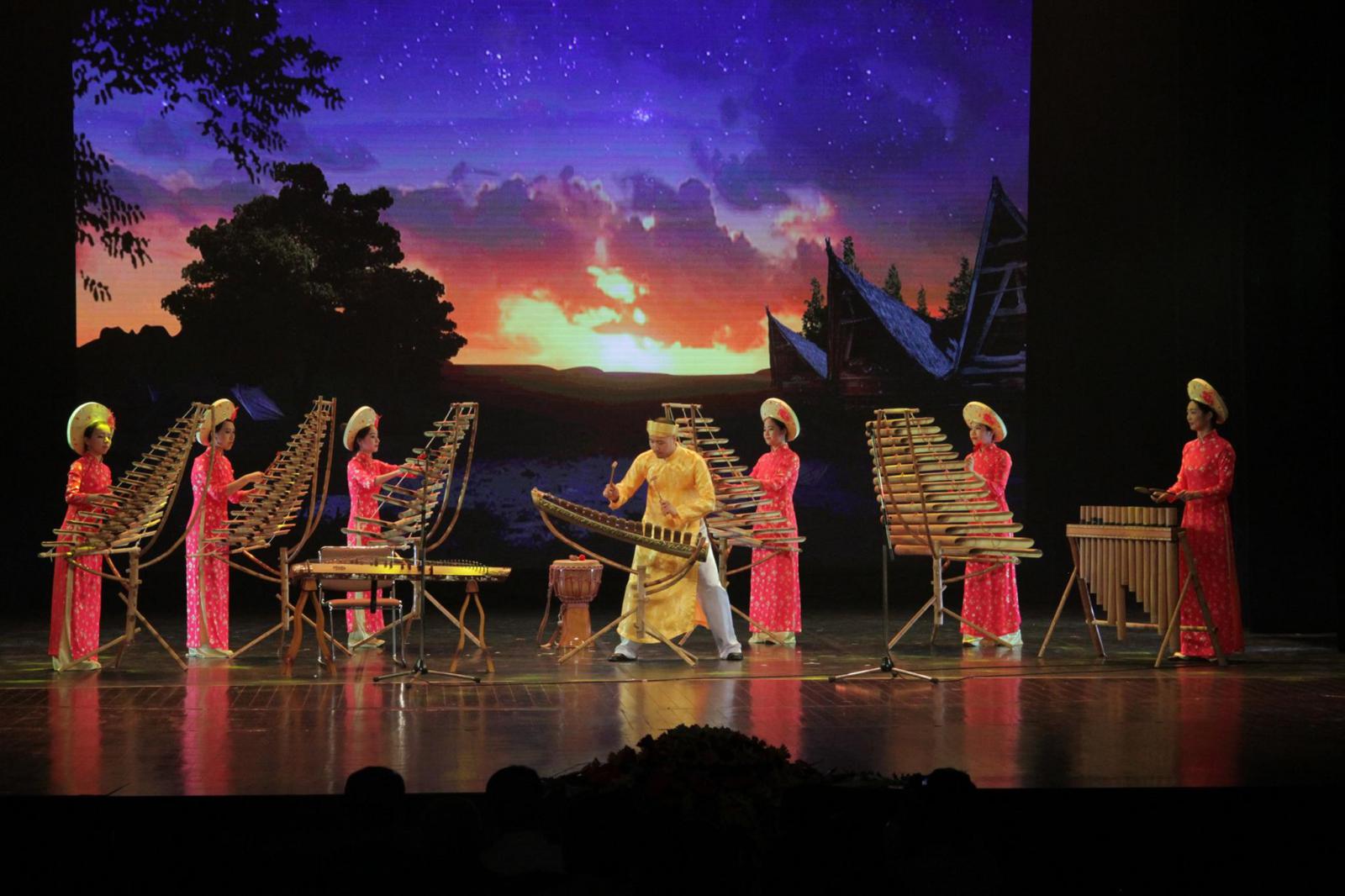
Suc Song Moi bamboo Ensemble
Vietnam
Suc Song Moi Ensemble from Vietnam presents their vitality, their childhood, and culture through bamboo and wooden musical instruments.
Dong Quang Vinh, a conductor of Vietnam National Opera & Ballet; music director of Suc Song Moi Bamboo Ensemble. Vinh grew up as an excellent national instrumentalist and graduated from Shanghai National Conservatory of Music. He has been conducting orchestras around Asia and Europe. Suc Song Moi bamboo Ensemble has been frequently invited to perform internationally to promote Vietnamese traditional music.